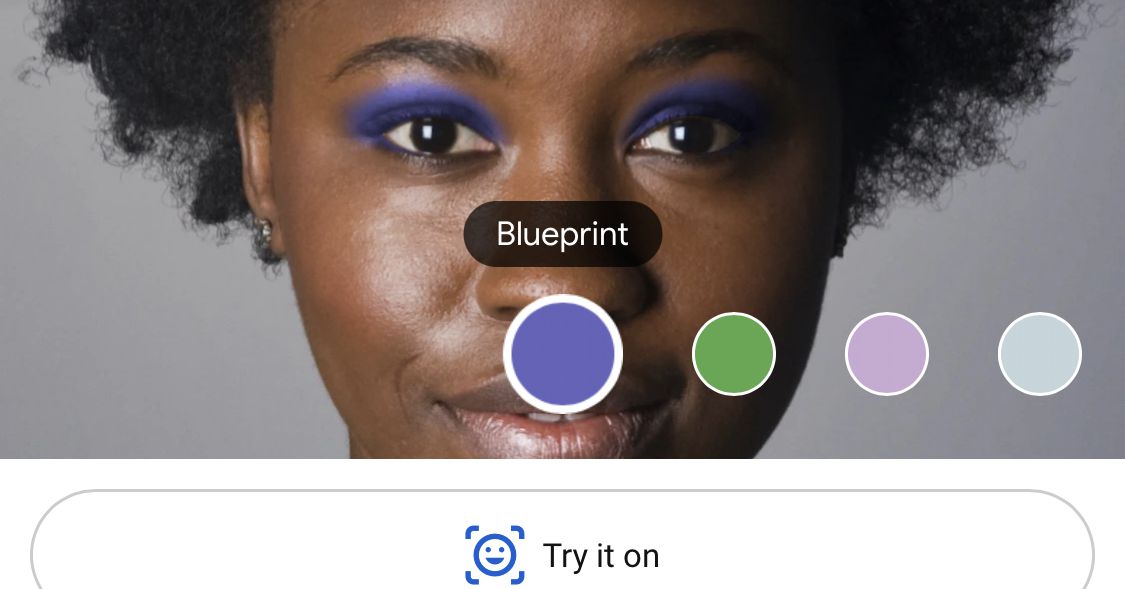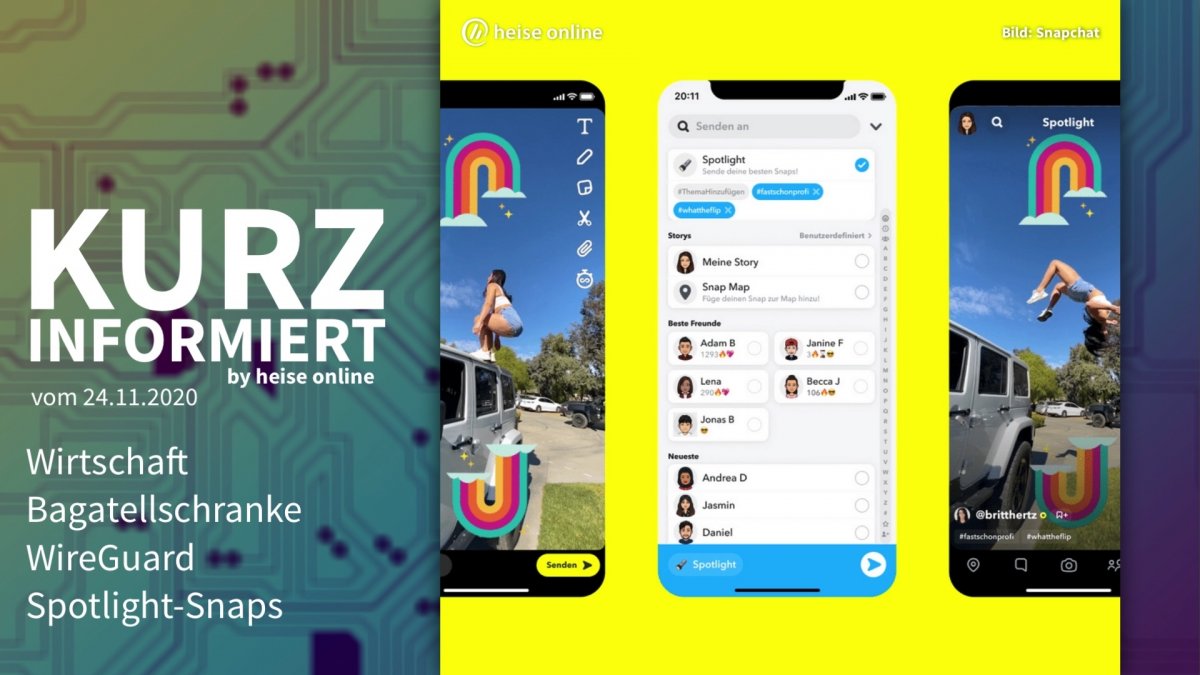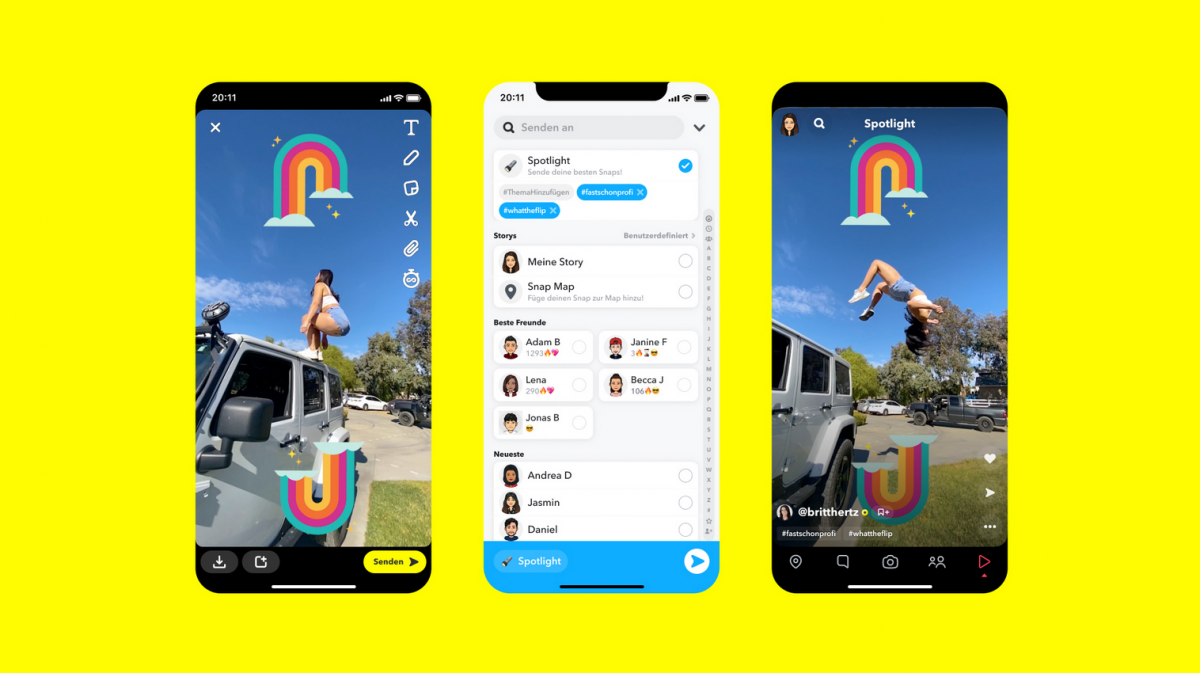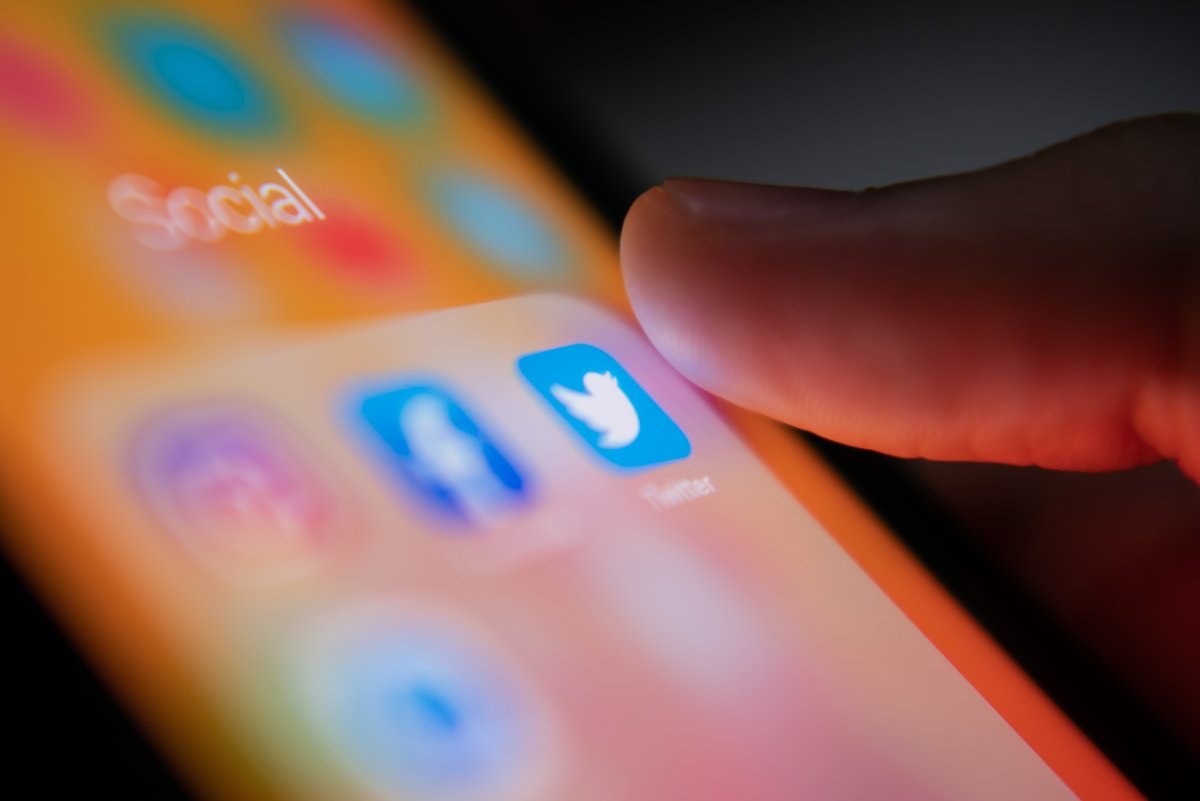I.
In March 2017, I drove down to the Instagram offices in Menlo Park to meet with founder Kevin Systrom. The subject of the meeting had not been disclosed to me in advance, and when we sat down in a conference room, Systrom had a surprise for me: his team had cloned Snapchat’s popular stories feature and planned to more or less import the design wholesale into Instagram.
It was a brazen move, particularly by the standards of American business, but it was undeniably effective: Instagram usage surged dramatically, and Snapchat plateaued. Soon stories started popping up everywhere: Tinder, Google Photos, LinkedIn, and Medium, to name a few. (A recurring joke holds that Excel will someday add stories; at this point, I wouldn’t bet against it.)
One place stories never showed up was an app where their inclusion felt obvious, at least to me: Twitter. CEO Jack Dorsey first envisioned the service as a way to share status messages, like the ones once found on AOL Instant Messenger, and statuses were the original ephemeral stories. Then in March, ephemeral tweets finally appeared on Twitter. The company called them Fleets, and after testing the feature in Brazil and India, it rolled them out globally yesterday.
Here’s Kurt Wagner in Bloomberg:
Company executives said research has shown that many users are too intimidated to post or engage with others on the service, which has led to an effort to find new ways to spark interaction.
“Tweeting, retweeting, engaging in conversation can honestly be incredibly terrifying,” said Nikkia Reveillac, Twitter’s head of research. “We do not know how others will react to us, we do not know if anyone will reply, and we do not know if anybody will even care.”
This is a version of what Systrom told me when introducing Instagram Stories. The central Instagram feed had become a place where users expected to find only the most highly polished, manicured photos of a person’s life; stories offered them a lower-pressure way to post. Fleets are designed to work the same way, and I suspect they will.
Twitter enters the ephemeral posting game with some real advantages on its side. One, the format is familiar — if you’ve posted an Instagram story, you already know how to post a fleet. Two, the real-time nature of Twitter lends itself to documenting photos and videos in the moment — something fleets excel at. (Twitter never really cracked photo or video sharing; I suspect Fleets will help it make inroads there.)
And three, tweets have always been best thought of as a mostly ephemeral format anyway. The old joke about Twitter is that it was where you would go to discuss what you had for breakfast. Now fleets are here, and there’s never been a better place to post your bowl of Cheerios.
Of course, Twitter has some disadvantages to contend with, too. The reason the format is familiar is because it’s already everywhere; fleets have a lot of competition, and many of those competitors already have rich and compelling feature sets. (Compared to what you can do with video on Instagram, TikTok, or Snapchat, fleets are barely at the starting line.) Secondly, Twitter’s historically glacial pace of iteration means it could take Fleets a long time to catch up — and competitors will be inventing new creative tools all the while.
And third, it’s worth asking whether Twitter could have gotten a lot of the benefits of a story-like feature simply by giving users the option to make tweets ephemeral. Fleets look like a smart, if belated, way to fight the last war. Wasn’t the real leapfrog move here to take the Twitter graph and build the first “story-first” social app?
II.
One of the things Fleets copied from Instagram is the idea of one-tap story reactions: a heart, a fire emoji, a crying emoji, and so on. It’s interesting to think about this move in the context of Twitter’s long-stated desire to spur more “healthy conversations” on the platform.
That initiative, which dates back more than two years now, is a broad and somewhat amorphous effort to solve Twitter’s longstanding issues with harassment and abuse on the platform. One way you can do that is by structuring conversations at the product level — and encouraging users to reply to one another with heart and other sympathetic emoji can be an effective way of doing so.
Stories can also promote healthier conversations by making replies private. Much abuse goes down in the DMs, true, but there can be less incentive to harass someone if your reply is not visible right underneath the original post, racking up likes and retweets as more people see it.
Another way to structure conversations is to set boundaries around who can participate. That’s why I was struck by how Twitter is approaching the rollout of Clubhouse-style new audio chat rooms inside the app, called “Spaces,” which are due to begin testing later this year. The company is basically hand-picking the users it will allow to participate as it tests audio chat. Here’s Nick Statt at The Verge:
The company plans to start testing the feature this year, but notably, Twitter will be giving first access to some of the people who are most affected by abuse and harassment on the platform: women and people from marginalized backgrounds, the company says.
In one of these conversation spaces, you’ll be able to see who is a part of the room and who is talking at any given time. The person who makes the space will have moderation controls and can determine who can actually participate, too. Twitter says it will experiment with how these spaces are discovered on the platform, including ways to invite participants via direct messages or right from a public tweet.
Clubhouse has struggled with moderation issues since it launched earlier this year. Twitter’s move to start with women and other underrepresented users represents an intriguing effort to learn from Clubhouse’s mistake. And at least before it opens the floodgates to all users, that seems like a way to bring more good conversation onto the platform.
During a call with reporters yesterday, I asked Kayvon Beykpour, Twitter’s head of product, what he saw in audio. Notably, he led with its ability to generate empathy in conversations. Here’s what he told me:
“Our mechanics incentivize very short-form, high-brevity conversation, which is amazing and powerful and has led to all the impact that Twitter has had in the world. But it’s a very specific type of discourse, right? It’s very difficult to have long, deep, thoughtful conversations.
Audio is interesting for us because the format lends itself to a different kind of behavior. When you can hear someone’s voice, you can empathize with them in a way that is just more difficult to do when a you’re in an asynchronous environment. … We think audio is powerful, because that empathy is is real and raw in a way that you can’t achieve over text in the same way.”
Often when we are talking about how to build better social platforms, we discuss them in terms of what or who they should ban. What I like about Twitter’s moves this week is that they show another way platforms can move forward: by designing spaces for conversation with intention, announcing those intentions at launch, and then encouraging us all to hold them accountable to it as they go. The success of fleets or audio spaces is far from guaranteed. But in some important ways, they strike me as a true step forward.
This column was co-published with Platformer, a daily newsletter about Big Tech and democracy.














